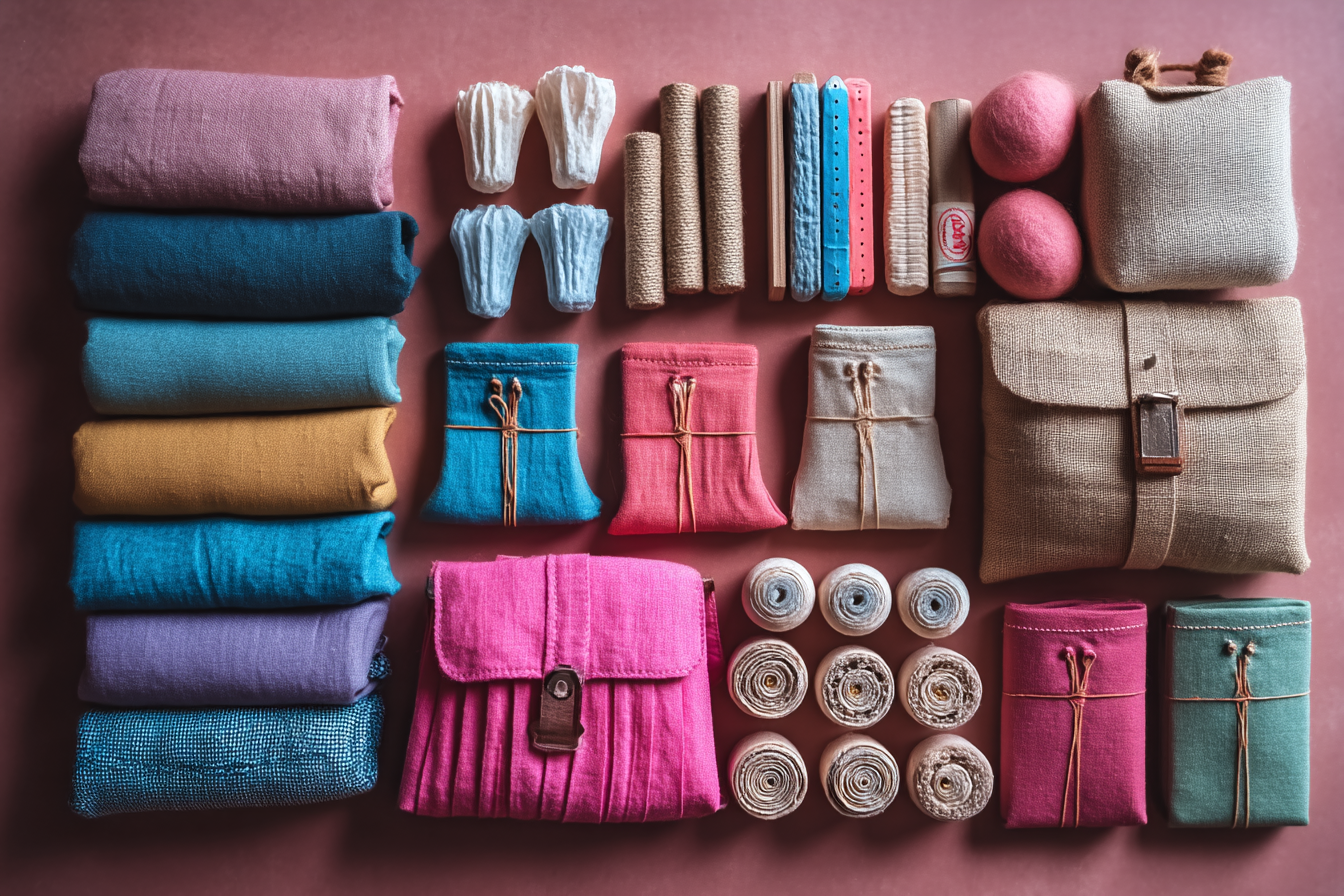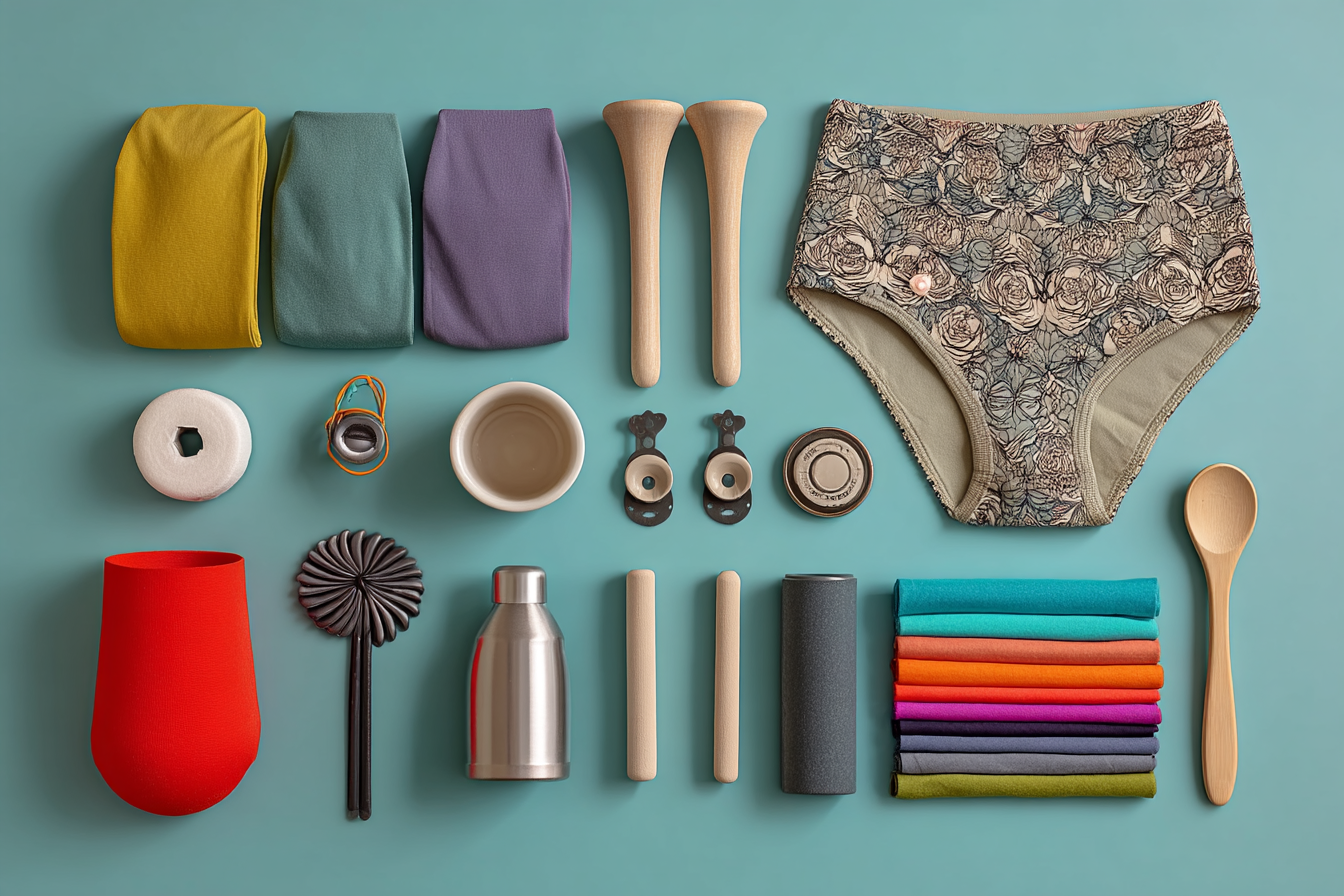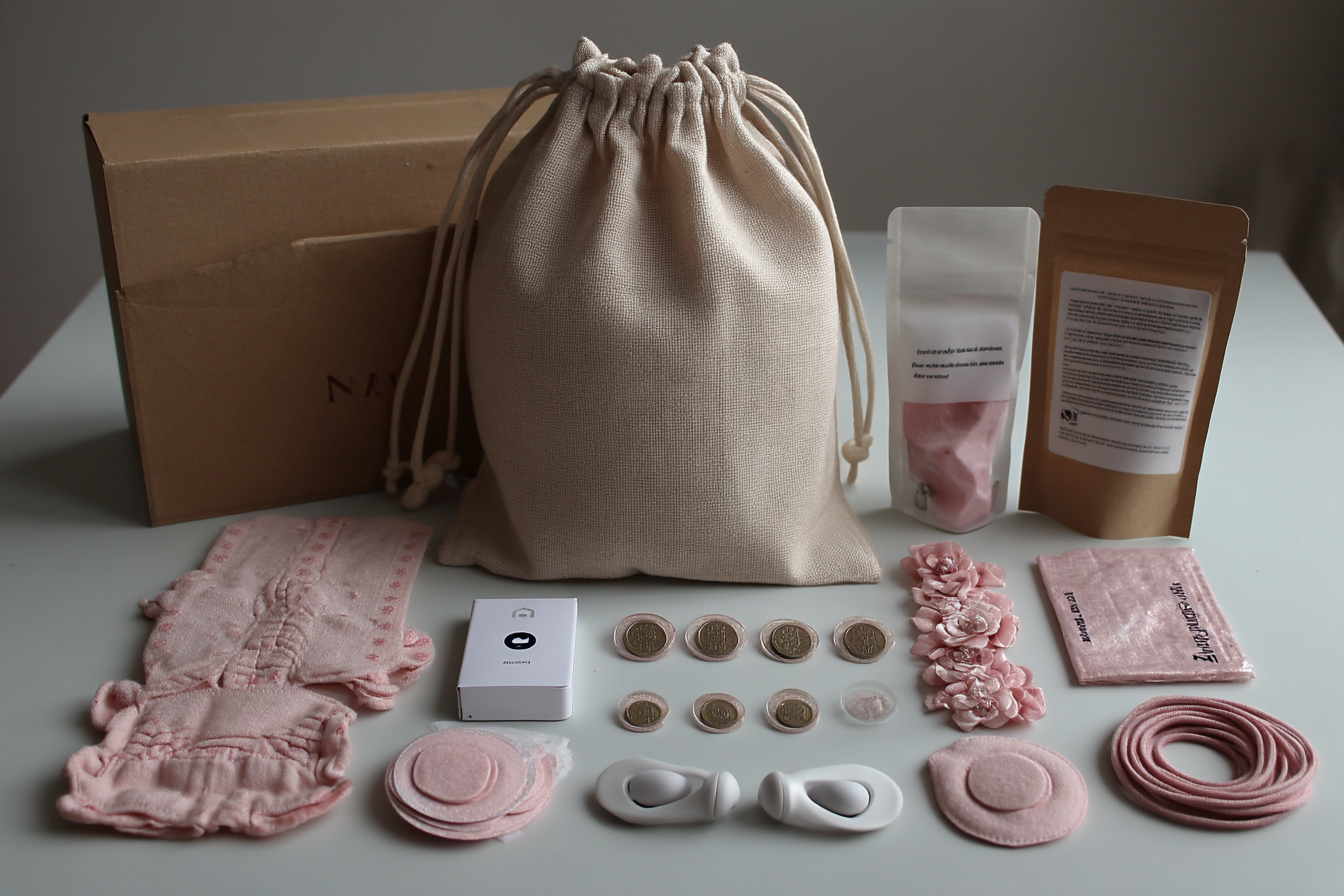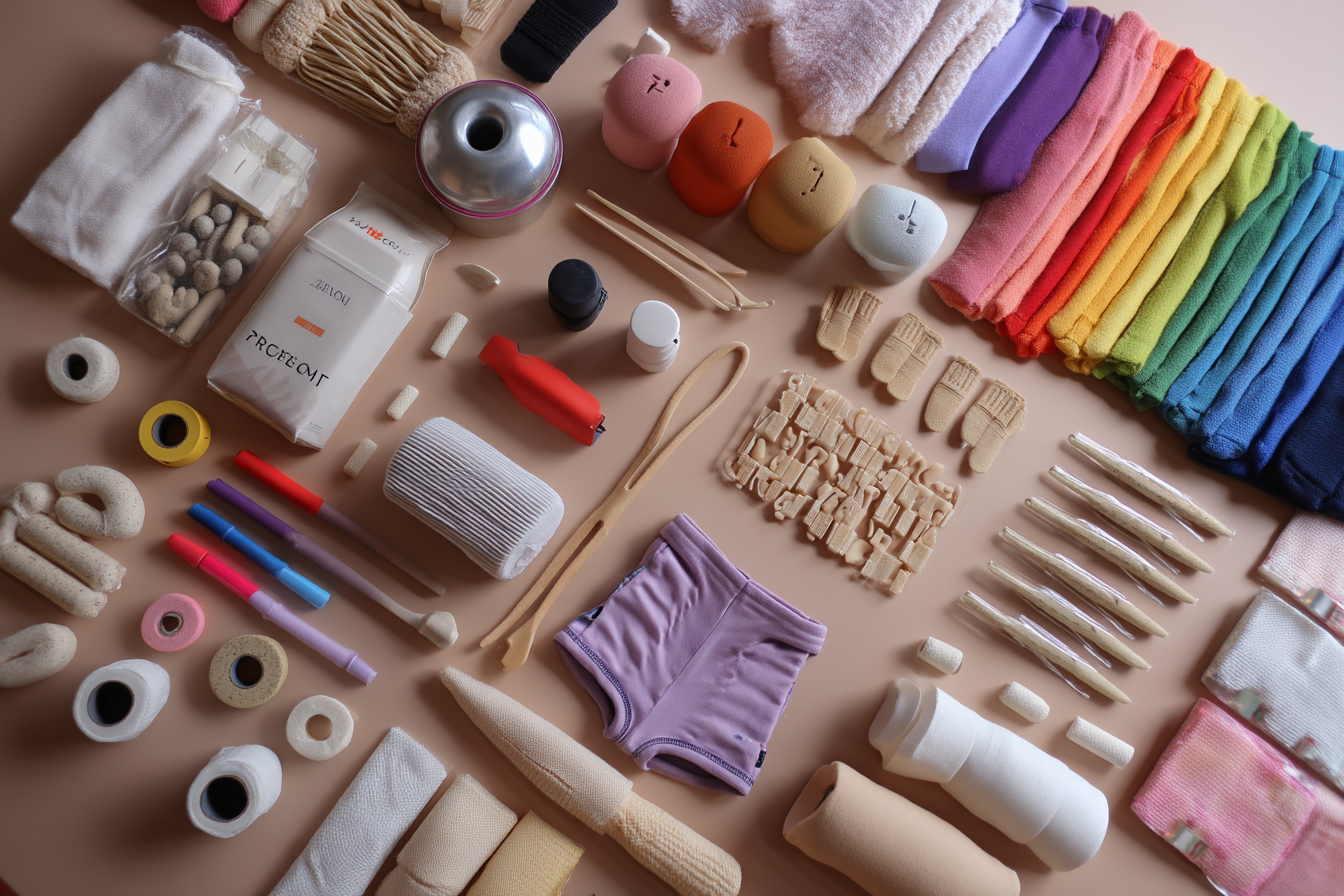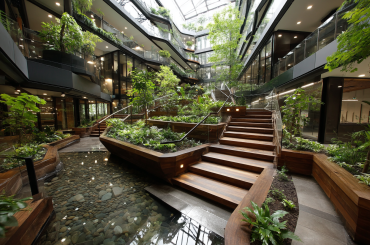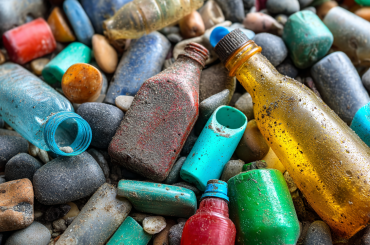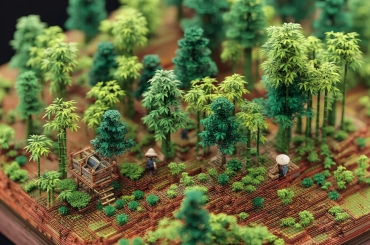My first foray into sustainable period products wasn’t exactly planned. I was on a weekend hiking trip, miles from the nearest shop, when my period arrived three days early. With only one emergency tampon in my backpack and two days of hiking ahead, I found myself facing what my friend Ruth later dubbed “The Great Menstrual Crisis of 2014.” In desperation, I fashioned makeshift pads from a clean t-shirt, safety pins, and a frankly unreasonable amount of determination. It wasn’t comfortable, it wasn’t pretty, but it worked—and it accidentally introduced me to the world of reusable period products.
When I returned to civilization and shared my wilderness improvisation story (after showering for approximately seven years), my friend Mei laughed and said, “Or you could just buy a menstrual cup like a normal eco-warrior.” I had vaguely heard of menstrual cups but had filed them under “things that sound interesting but slightly terrifying,” along with composting toilets and making my own yogurt. But my makeshift cloth pad experience had inadvertently opened my mind. If I could handle that situation with nothing but a t-shirt and stubbornness, surely I could handle proper reusable products.
That was eight years and approximately 96 periods ago. Since then, I’ve tried virtually every reusable period product on the market, turned my bathroom cabinet into what my brother once nervously called “some kind of menstrual museum,” and become that friend who will enthusiastically discuss sustainable period options at completely inappropriate social gatherings. (Sorry about that one, David’s work colleagues.)
The environmental case for reusable period products is staggering. The average menstruator uses somewhere between 5,000 and 15,000 disposable pads and tampons over their lifetime, generating around 200kg of waste. Multiply that by roughly two billion menstruating people globally at any given time, and we’re talking about an enormous waste stream—much of which contains plastic that will outlive us all by centuries.
Conventional pads can contain up to 90% plastic, while tampon applicators, wrappers, and strings add to the petroleum-based components. Even the cotton in conventional products is problematic, typically grown with intensive pesticide use and bleached with potentially harmful chemicals. Then there’s the carbon footprint of manufacturing, packaging, and transporting these single-use items month after month, year after year.
But beyond the environmental impact, my personal journey into reusable period products revealed something I hadn’t expected: they’re actually better in many ways. More comfortable, more reliable, less expensive over time, and free from the questionable chemicals found in many conventional products. It turns out that switching to sustainable options isn’t just good for the planet—it’s good for our bodies and wallets too.
Let me walk you through the main options, with the massive caveat that choosing period products is deeply personal. What works brilliantly for one person might be completely wrong for another. This isn’t about pushing anyone toward options they’re not comfortable with—it’s about expanding choices and information.
Menstrual cups were my first proper venture into reusable products, and they remain my primary option. These small, flexible cups made from medical-grade silicone, TPE (thermoplastic elastomer), or rubber are inserted similarly to a tampon but collect rather than absorb menstrual fluid. They can be worn for up to 12 hours depending on flow, are cleaned and reinserted, and can last for years with proper care.
My first cup experience was a comedy of errors that I won’t detail here except to say that it involved a public bathroom, a dropped cup, and a level of acrobatic maneuvering that I’m not physically capable of repeating. But after that initial learning curve (which I promise isn’t typical), I became a devoted convert. The ability to insert it and forget about it for most of the day was revolutionary compared to the constant checking and changing of tampons. No more midnight runs to the shop when supplies ran low. No more carrying bulky products everywhere. Just one tiny cup in a small cotton pouch.
The environmental impact reduction is enormous. One cup replaces thousands of disposable products and typically lasts 5-10 years. The upfront cost (usually £15-30) is recouped within a few months compared to buying disposables. For me, the cup paid for itself in less than half a year and has now saved me hundreds of pounds over its lifetime.
There are now dozens of different cup designs on the market, varying in size, firmness, shape, and stem design. Finding the right one can take some experimentation—I went through three before finding my perfect match. Height of cervix, flow volume, and personal anatomy all play a role in which design works best. Several companies now offer quizzes to help match you with the right cup, which is vastly more helpful than my original method of “this one has cute packaging.”
For those who find cups uncomfortable or impractical, cloth pads offer another excellent option. Made from layers of absorbent fabric (typically cotton, hemp, or bamboo), they work just like disposable pads but are washed and reused. My collection started with some dubiously sewn homemade versions after my hiking adventure but has since upgraded to properly designed ones with snap fasteners and waterproof backing.
Modern cloth pads come in various absorbencies, sizes, and even prints—a far cry from what our great-grandmothers might have used. They’re significantly more comfortable than plastic-backed disposables, allowing skin to breathe and avoiding that clammy sensation that makes wearing conventional pads feel like sitting in a tiny, personal sauna. The upfront investment is higher (usually £5-12 per pad, and you’ll need at least 6-8 to start), but like cups, they pay for themselves within months and last for years.
The washing process is simpler than many imagine. I rinse mine in cold water after use, store them in a small wet bag until laundry day, then throw them in with regular washing. Some people soak them or hand wash, but I’ve found that unnecessary with modern fabrics and washing machines. They can be line-dried or tumble-dried on low heat, though line-drying extends their lifespan and reduces energy use.
Period underwear emerged as a mainstream option more recently and has quickly become my backup method of choice. These are specially designed underwear with built-in absorbent layers that can be worn either alone or as backup to cups or tampons. The technology has improved dramatically in recent years—early versions were bulky and obvious, while newer designs are almost indistinguishable from regular underwear.
The absorption capacity varies widely between brands and styles, from “light flow” options that hold about a tampon’s worth of fluid to heavy-duty versions designed for overnight protection or high-flow days. Prices typically range from £20-35 per pair, making them the most expensive initial investment among reusable options, but they’re also arguably the simplest to use—just wear, wash, repeat.
I’d recommend starting with 1-2 pairs to test before investing in a full cycle’s worth. My first pair was a disappointment—comfortable but prone to leaking after a few hours. My second attempt with a different brand was a revelation, providing reliable protection even on heavy days. Like most reusable options, finding your perfect match may take some experimentation.
For those who prefer internal protection but aren’t comfortable with cups, reusable tampon applicators offer a middle-ground solution. These are typically silicone devices that work with conventional tampons but eliminate the waste of plastic applicators. Not zero-waste entirely, but a significant reduction compared to conventional options.
A less commonly discussed option is free bleeding—intentionally using no products at all. This isn’t practical for everyone or every situation, but some people with light flows find it works for them, particularly at home or overnight. It’s worth mentioning because it’s literally the lowest-impact option available, though it requires comfortable awareness of your flow patterns and appropriate clothing choices.
The shift to reusable period products isn’t just about the products themselves—it often represents a broader change in how we relate to our bodies and natural processes. There’s something powerful about moving from a disposable mindset (use once, throw away, never think about it again) to a reusable one that requires more awareness and engagement.
Using a cup means becoming more familiar with your anatomy and comfort with your body. Cloth pads and period underwear mean seeing and dealing with your flow more directly rather than immediately wrapping it in plastic and putting it out of sight. For many people, myself included, this increased awareness was initially uncomfortable but ultimately empowering.
I’ve noticed a similar journey among friends who’ve made the switch. My friend Charlie, who reluctantly tried a cup because her remote fieldwork made disposing of tampons logistically difficult, told me: “I didn’t expect to like it—I just needed a practical solution. But now I understand my cycle better. I know exactly how heavy my flow is, what color changes mean, how it varies throughout my period. I feel more connected to what my body is doing.”
That said, sustainable period products aren’t without challenges. There’s typically a learning curve, especially with cups. The upfront cost can be prohibitive for those on tight budgets (though there are now organizations that distribute free or subsidized reusable products to those who need them). Access to clean water and private washing facilities is essential for properly maintaining reusable options—a privilege not everyone has.
These are real barriers that need acknowledging. No one should feel guilty for using what works best for their individual circumstances. The goal isn’t perfect zero-waste purity but better, more sustainable choices where possible.
For those interested in making the switch, here are some practical tips I’ve gathered from my own experience and from conversations with the many friends who’ve endured my evangelical enthusiasm for sustainable period products:
Start with one option that seems most compatible with your lifestyle and preferences. You don’t need to overhaul everything at once. Many people find using a mix of products works best—perhaps a cup for active days, cloth pads for home, and period underwear for nights.
Expect a learning period. Give yourself at least 2-3 cycles to adjust before deciding if a particular product works for you. My first cycle with a cup was awkward and frustrating. By the third, I couldn’t imagine using anything else.
Join online communities focused on reusable period products. These can be invaluable for troubleshooting specific issues like cup leakage or finding the right cloth pad absorbency for your flow. The collective wisdom of thousands of menstruators is remarkably helpful.
If you’re on a tight budget, start with just one or two cloth pads or a single pair of period underwear as backup to your usual products. This reduces waste while you save for a more complete set. Some companies also offer interest-free payment plans for their products.
Look for secondhand options for cloth pads (obviously properly sterilized!). Many people sell barely-used cloth pads when they didn’t work for their needs, often at significant discounts. Cup swap groups also exist, though that requires a higher comfort level with the concept.
When traveling or in situations without ideal washing facilities, wet bags are essential for storing used products until you can properly clean them. Small silicone collapsible containers are great for sterilizing cups in microwave or hostel settings.
Remember that perfection isn’t the goal. Using reusable products even part-time makes a significant difference. I still keep a small emergency stash of organic cotton disposable products for situations where reusables aren’t practical.
The shift toward sustainable period products represents something bigger than just reducing waste—it’s part of reclaiming menstruation from the commercial interests that have long dominated the conversation. The disposable period product industry is worth billions, built on convincing menstruators that their natural bodily functions are problematic, messy, and best handled with expensive single-use products.
Reusable alternatives challenge that narrative. They require us to engage more directly with our bodies and cycles rather than hiding them away in plastic and synthetic fragrances. There’s something quietly revolutionary about that shift in perspective.
My journey from that desperate t-shirt pad in the wilderness to my current comfortable relationship with reusable products hasn’t always been smooth. There have been leaks and learning curves and that one memorable cup incident I still can’t talk about without blushing. But the environmental impact reduction, the money saved, and the unexpected benefits of greater bodily awareness have made it more than worthwhile.
If you’re considering making the switch, know that you don’t have to figure it all out at once. Start small, be patient with yourself, and remember that every disposable product not used is a win. Your perfect sustainable period solution might look completely different from mine—and that’s exactly as it should be. Our bodies and needs are wonderfully diverse, and the growing range of reusable options reflects that diversity. The important thing isn’t which option you choose, but simply knowing that you have choices beyond the limited, waste-generating products that have dominated for too long.

